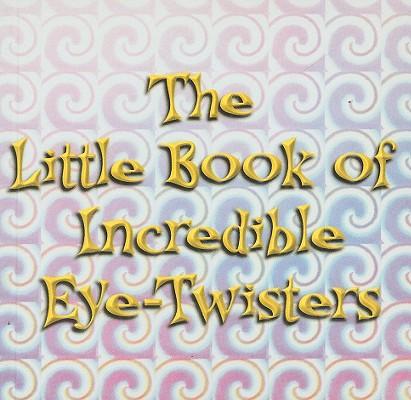
The Little Book of Incredible Eye-Twisters
Strand
Measurement, Problem Solving
Visualisation
Maths Concepts
Australian Curriculum: Description
Everyone in the country is talking about the amazing image that genuinely seems to be a new kind of optical illusion. Stare at a seemingly shapeless black and white image for thirty seconds, close your eyes, and you are confronted with an incredibly realistic vision of Jesus. Nobody who looks at this image is anything other than completely amazed. This book is a collection of a hundred similar optical phenomena, all of which will completely amaze you. This amazing book is full of the sort of optical illusions that keep people amused for hours!
Teaching ideas
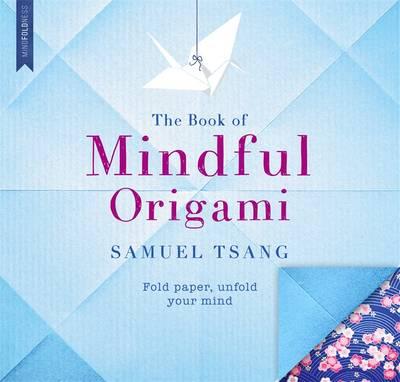
The Book of Mindful Origami
Strand
Measurement
Visualisation
Maths Concepts
Australian Curriculum: Description
Origami has been shown to aid relaxation, concentration, hand eye co-ordination and memory, and what’s more, it does not require complicated tools or materials to perform. All you need is a piece of paper and some focused thought, and the results can be enjoyed almost immediately. In this beautifully designed book, with clear step-by-step instructions, you will learn how to make 16 inspirational models that you can display on your desk, your windowsill, or your mantelpiece, or give to somebody as a gift.
Teaching ideas
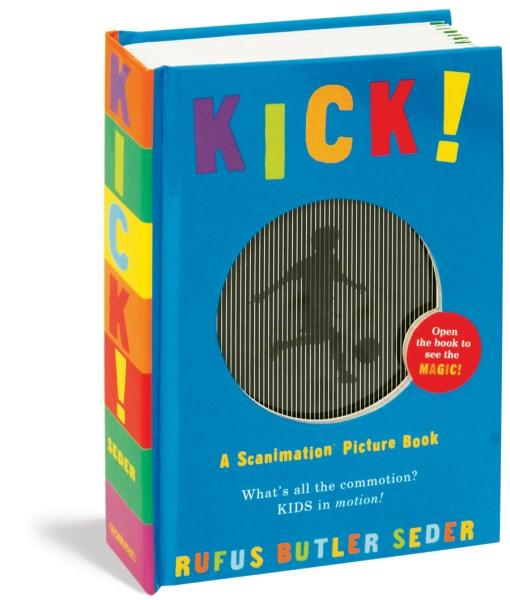
Kick! A Scanimation Picture Book
Strand
Measurement
Australian Curriculum Year Level
Year 5, Year 6, Year 7, Year 2, Year 3, Year 8, Year 4, Foundation Year, Year 1, Year 9, Year 10
Visualisation
Maths Concepts
Australian Curriculum: Description
Now introducing “Kick!”, which does for kids what “Gallop!” does for animals – one child rides a bike, another kicks a football, a swimmer cuts through the water, and a skater pirouettes on ice. The effect is joyous, magical, mesmerizing, and perhaps even more compelling than “Gallop!” Because of the endless fascination that children find in watching other children. The second book created by Rufus Butler Seder, the inventor, artist, and filmmaker who developed Scanimation out of his obsession with antique optical toys and other pre-motion-picture illusions, “Kick!” uses ‘persistence of vision’ and a patented state-of-the-art multiphase animation process to create astonishment. There is nothing else like this unique, patented technology that literally inspires wonder.The images burst with activity, and adding greatly is a happy, rhyming text that captures in words, the pure energy of the figures in motion. You can’t put it down.
Teaching ideas
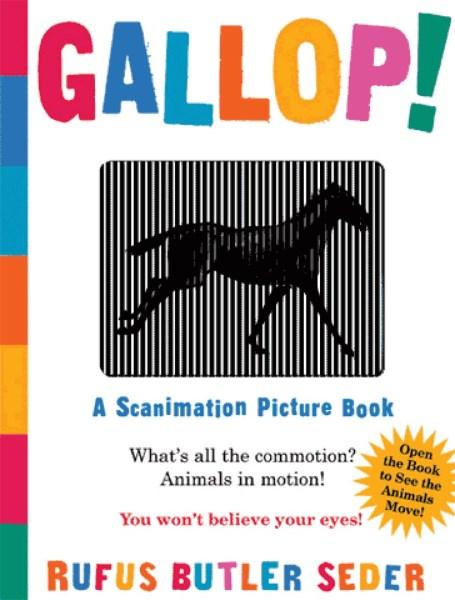
Gallop! A Scanimation Picture Book
Strand
Measurement
Australian Curriculum Year Level
Year 5, Year 6, Year 7, Year 2, Year 3, Year 8, Year 4, Foundation Year, Year 1, Year 9
Visualisation
Maths Concepts
Australian Curriculum: Description
A first book of motion for kids, it shows a horse in full gallop and a turtle swimming up the page. A dog runs, a cat springs, an eagle soars, and a butterfly flutters. Created by Rufus Butler Seder, an inventor, artist, and filmmaker fascinated by antique optical toys, Scanimation is a state-of-the-art six-phase animation process that combines the “persistence of vision” principle with a striped acetate overlay to give the illusion of movement. It harkens back to the old magical days of the kinetoscope, and the effect is astonishing, like a Muybridge photo series springing into action—or, in terms kids can relate to, like a video without a screen. Complementing the art is a delightful rhyming text full of simple questions and fun, nonsense replies: Can you gallop like a horse? giddyup-a-loo! Can you strut like a rooster? cock-a-doodle-doo!
Teaching ideas

101 Books to Read Before You Grow Up
Strand
Australian Curriculum Year Level
Year 5, Year 6, Year 7, Year 2, Year 3, Year 8, Year 4, Foundation Year, Year 1, Year 9, Year 10, Maths A, Maths B
Maths Concepts
Australian Curriculum: Description
101 Books to Read Before You Grow Up is a fun handbook for book lovers and their families to read, check off, and give their own book reviews. 101 Books to Read Before You Grow Up provides a comprehensive list of kid-friendly books for children to read before they grow up. This must-read review list acts as an interactive journal where kids can document the books they read, why they like them, and how they rate them. Divided into sections by subject, from fairy tales and fantasy to sports and more
Teaching ideas
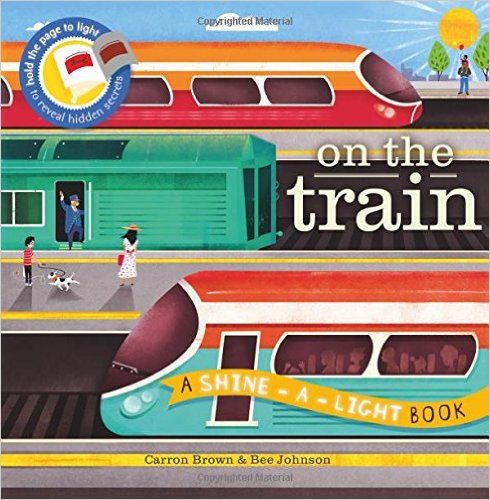
On the Train: A shine-a-light book
Strand
Statistics and Probability
Australian Curriculum Year Level
Year 5, Year 6, Year 7, Year 2, Year 3, Year 8, Year 4, Foundation Year, Year 1, Year 9
Visualisation
Maths Concepts
Australian Curriculum: Description
The story looks deeply into all areas of a train, from the drivers cab and engineers to the stop-and-go signals and the passengers that travel on board. This interactive book has children shine-a-light behind pages to reveal hidden secrets.
Teaching ideas
Other activities involving using information to make simple inferences. Ordering and sequencing events.
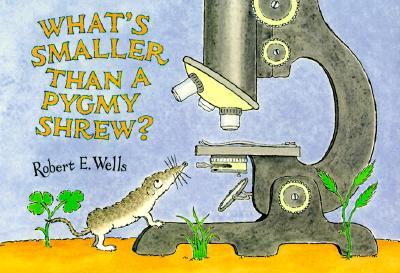
What’s smaller than a pygmy shrew?
Strand
Measurement
Benchmarking
Maths Concepts
Australian Curriculum: Description
This book explores the concept of size. Different animals, organisms and concepts are benchmarked against one another to develop an understanding of relative size.
Teaching ideas
Expressing all sizes referred to in the book as scientific notation (including the integers); ranking the relative sizes in ascending/decending order; investigating BIG numbers e.g. trillions etc
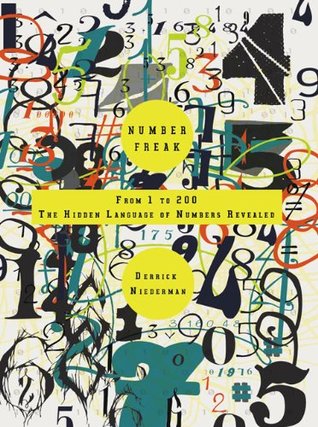
Number Freak : From 1 to 200 The Hidden Language of Numbers Revealed
Maths Concepts
Australian Curriculum: Description
“Number Freak is a guided tour of the numbers 1 to 200 – covering everything from basic mathematical principles to ancient unsolved theorems, from sublime theory to delightfully ridiculous trivia, and spanning the worlds of science, nature, sports, literature, pop culture and more”.
Teaching ideas
Hooks/starters for lessons. Introduction to new topics. Ideas to showcase mathematics or numeracy at subject evenings, open days, learning fairs etc. Lots of cross-KLA references and ideas to spark interests.
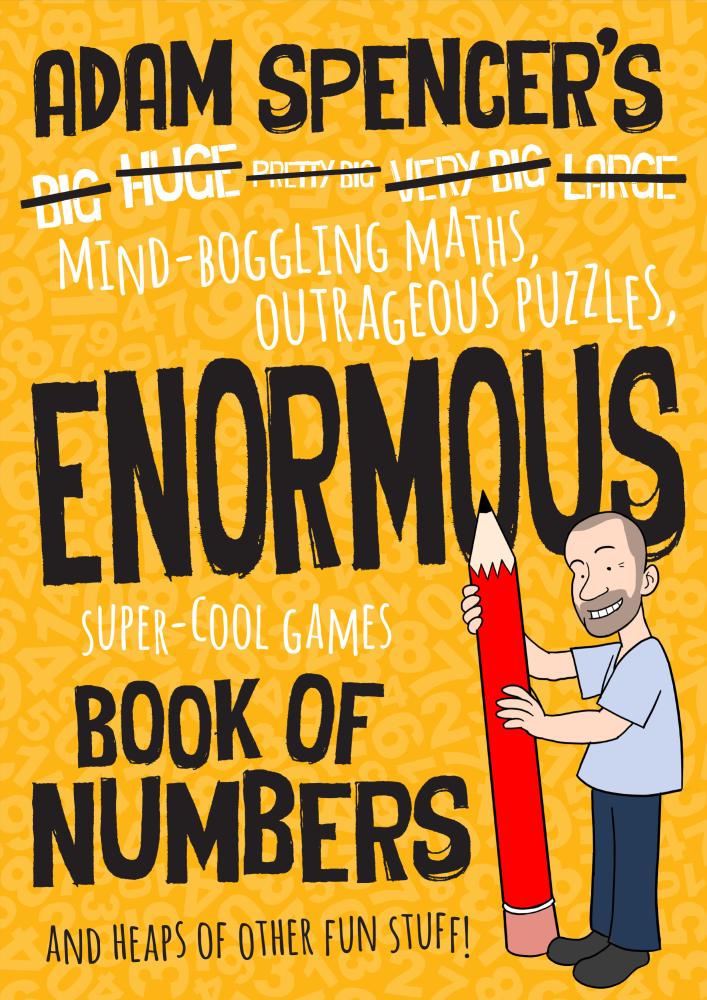
Adam Spencer’s Mind-Boggling Maths, Outrageous Puzzles, Enormous Super-Cool Games Book of Numbers and heaps of other fun stuff!
Strand
Algebra
Australian Curriculum Year Level
Year 5, Year 6, Year 7, Year 2, Year 3, Year 8, Year 4, Foundation Year, Year 1, Year 9
Multiplication and Division Triangle, Part-Part-Whole, Benchmarking, Find the Pattern, Draw what you can't see
Australian Curriculum: Description
Prep-Sort, describe and name familiar two-dimensional shapes and three-dimensional objects in the environment (ACMMG009); YR1-Recognise and classify familiar two-dimensional shapes and three-dimensional objects using obvious features (ACMMG022); YR2-Describe the features of three-dimensional objects (ACMMG043); YR3-Identify symmetry in the environment (ACMMG066); YR4-Investigate number sequences involving multiples of 3, 4, 6, 7, 8, and 9 (ACMNA074); YR5-Use efficient mental and written strategies and apply appropriate digital technologies to solve problems (ACMNA291); YR6-Construct simple prisms and pyramids (ACMMG140); YR7-Draw different views of prisms and solids formed from combinations of prisms (ACMMG161); YR8-Solve a range of problems involving rates and ratios, with and without digital technologies (ACMNA188); YR9-Express numbers in scientific notation (ACMNA210)
Teaching ideas
Real-world application in this book. Cross-curricular links are strong too, science, humanities, music, HPE etc
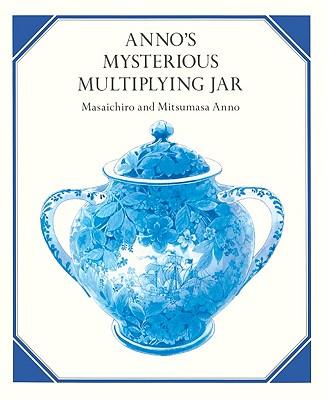
Anno’s Mysterious Multiplying Jar
Strand
Number
Look for a pattern
Australian Curriculum: Description
Select and apply efficient mental and written strategies and appropriate digital technologies to solve problems involving all four operations with whole numbers (ACMNA123)
